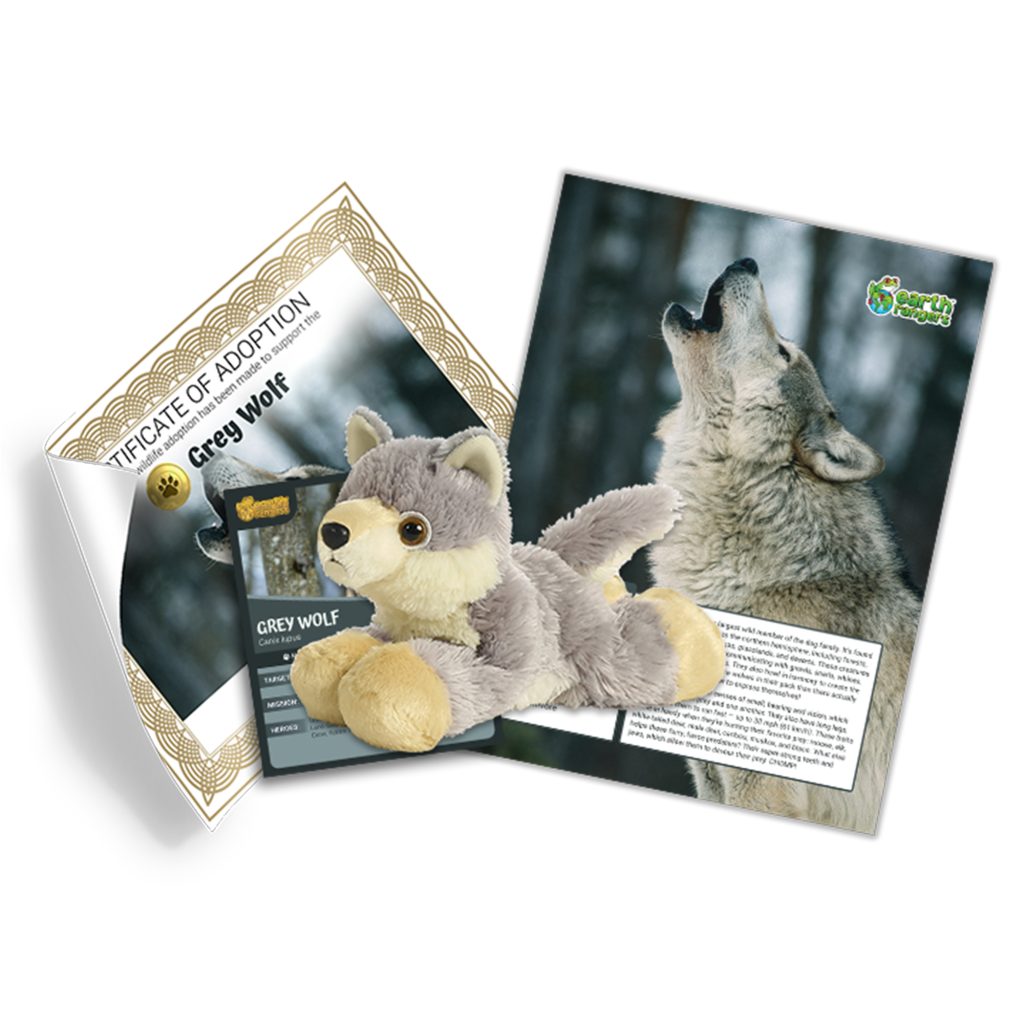
Hi, I’m Karl-Antoine Hogue and I’m a researcher with the University of Guelph. I’m working with The Land Guardians from the Van Tat Gwich’in community in Old Crow, Yukon. The boreal forest there is home to all kinds of animals, including grey wolves!
The grey wolf is the largest wild member of the dog family. It’s found in many habitats across the northern hemisphere, including forests, mountains, tundras, taigas, grasslands, and deserts. These creatures hunt together in packs and they communicate with each other by howling, growling, snarling, whining, yipping, whimpering, and barking. They really know how to express themselves! Wolves howl together in harmony, meaning that they all howl different notes. This creates the illusion that there are more wolves than there actually are, and tells other packs to stay out of their territory.

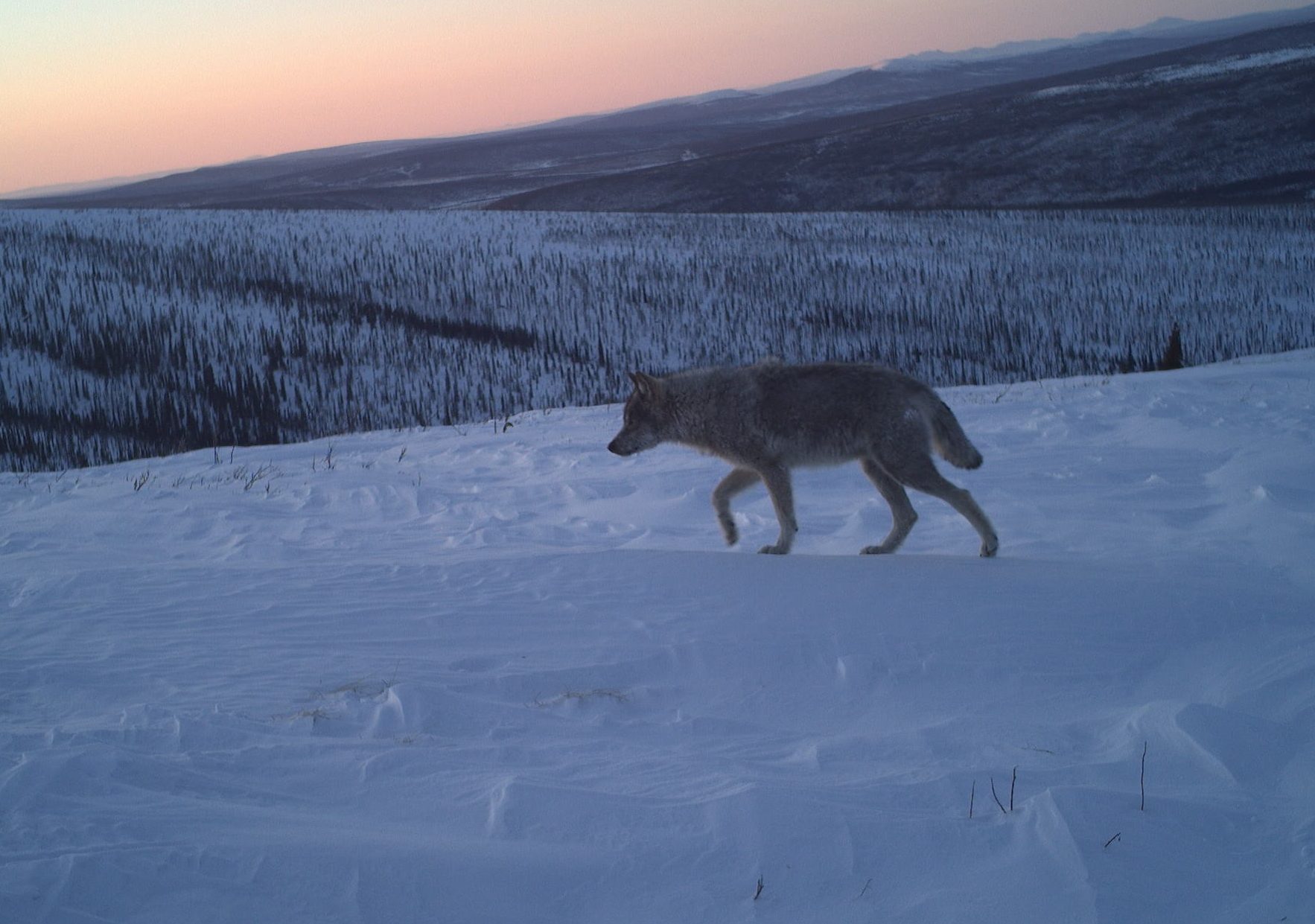
Grey wolves have keen senses of smell, hearing and vision, which they use to detect prey and one another. They also have long legs, which allow them to run fast — up to 38 mph (61 km/h). These traits come in handy when they’re hunting their favorite prey: moose, elk, white-tailed deer, mule deer, caribou, muskox, and bison. What else helps these furry, fierce predators? Their super-strong teeth and jaws, which allow them to devour their prey. CHOMP!

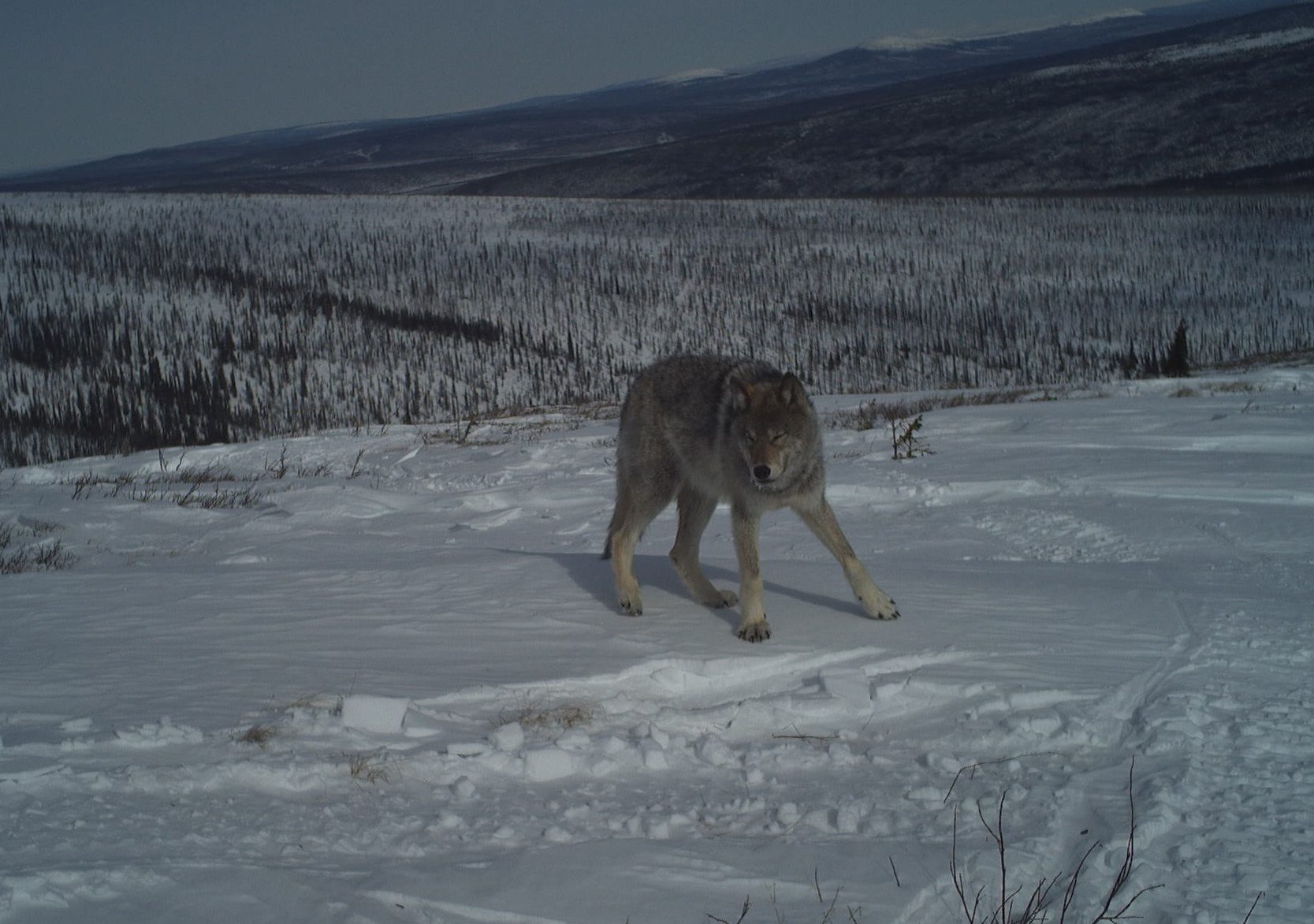

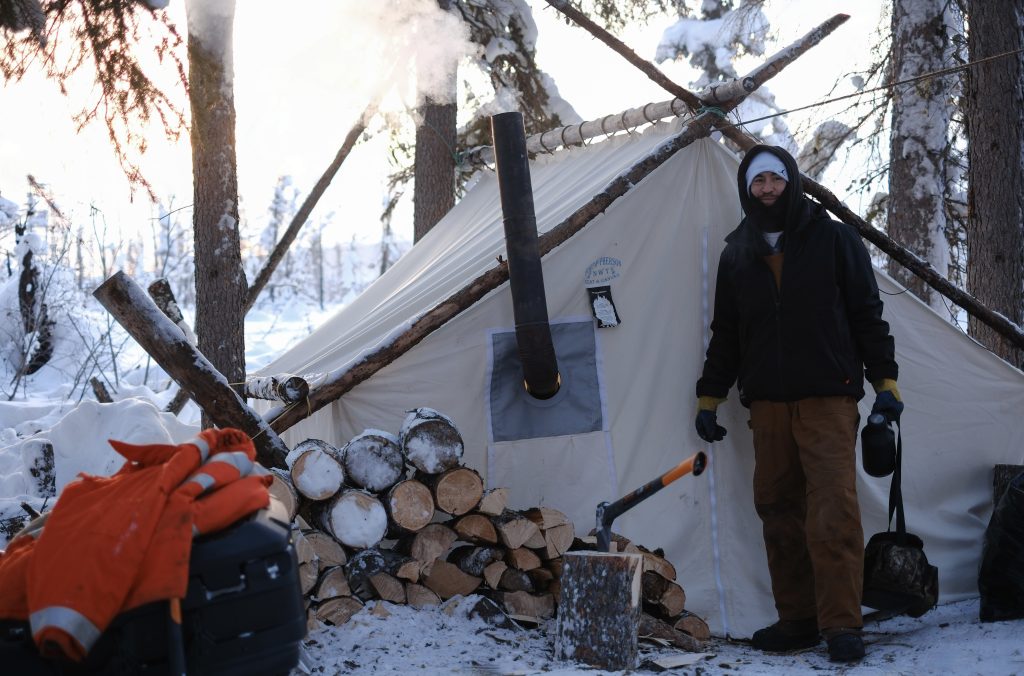
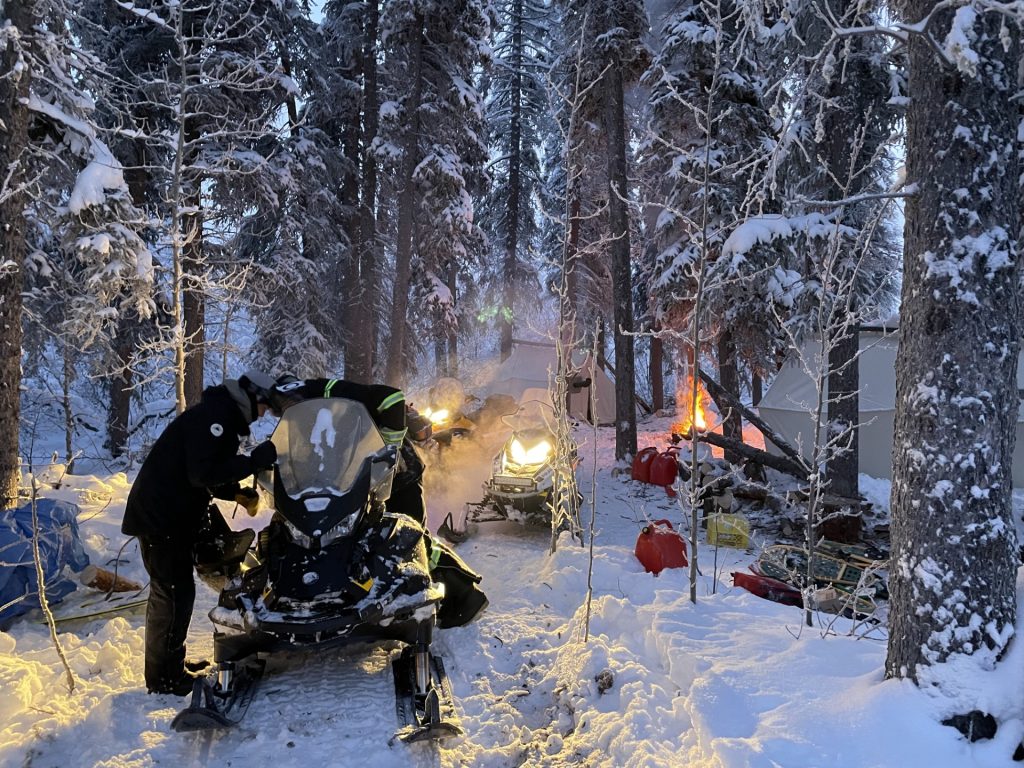
Unfortunately, human development disturbs the ecosystem balance in habitats like the boreal forest, and that affects creatures like the grey wolf, moose, and caribou. My work with the Van Tat Gwich’in community will help us to protect these animals and their homes. But we could use your help!
Check out the Adoptions section in the Earth Rangers App or visit the Earth Rangers Shop to get your Grey Wolf Adoption Kit. Make a difference today!
